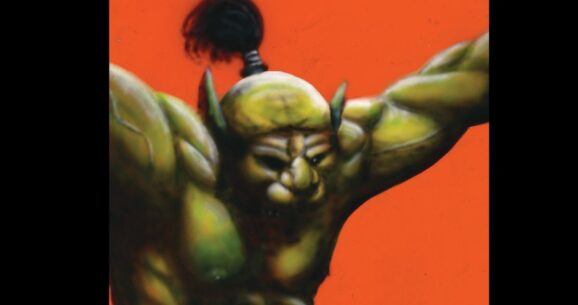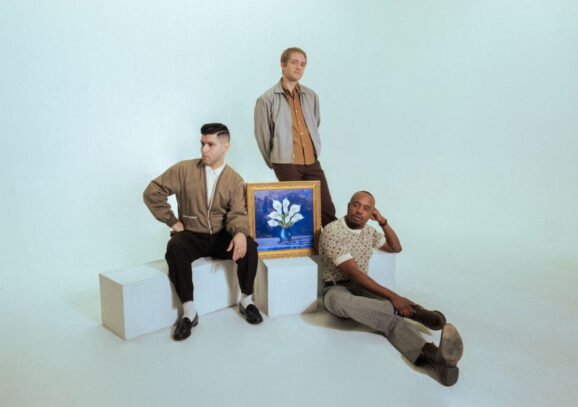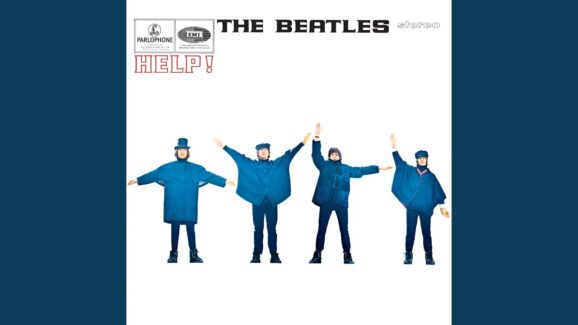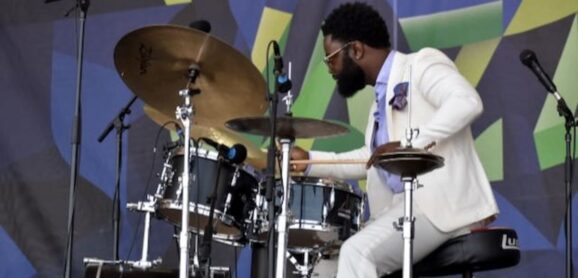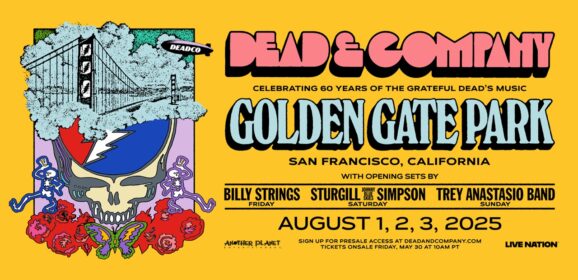Music and finance are merging as Bitcoin and blockchain technology redefine how artists engage with fans and manage their work. This article explores how digital assets are transforming the music industry.
Music is always exploring new sounds and ideas. Now, a big change is coming from technology. Bitcoin, once just a niche digital currency, is making its mark in recording studios and concert venues. It affects how artists make money, share their art, and even connect with their audience. The coming together of these two distinct worlds tells a pretty compelling story. What does this mean for artists and fans?
Bitcoin’s Core Value in the Creative Economy
Analyzing the bitcoin price in real time lays the groundwork for how artists interact with it. The current price of Bitcoin is $120,271.6. Over the last 24 hours, Bitcoin has increased by +0.74%. It currently has a circulating supply of 19,893,687 BTC and a maximum supply of 21,000,000 BTC, giving it a fully diluted market cap of $2.39T.
At present, Bitcoin holds the 1 position in market cap rankings. The Bitcoin/USD price is updated in real-time when you use a reputable broker. This financial backbone supports a growing ecosystem where digital assets hold real weight, offering a new foundation for creative ventures.
Drake’s Musical Nod to Volatility
One major artist recently put Bitcoin directly into the cultural conversation. Drake included a Bitcoin (BTC) reference in his song, “What Did I Miss?” The popular hip-hop artist’s new song directly incorporates Bitcoin, the widely recognized cryptocurrency, into a cultural conversation, 16 years after its creation. “What Did I Miss” premiered during a YouTube stream titled “ICEMAN EPISODE ONE,” featuring Drake playing a worker on his lunch break.
The song dives into betrayal, after Drake’s 2024 dispute with Kendrick Lamar. Drake uses the shifting loyalties he talks about in the track to mirror Bitcoin’s unpredictable nature. He highlights the digital asset with a prominent reference. And the mention of Bitcoin and its volatility comes in the first verse of the song.
Drake directly compares Bitcoin’s well-known price volatility to the unreliable nature of his old friends. He points out how friends can be supportive one moment, then vanish the next. He says, “You switched on the guys and supported a hater, let’s go. What’s the getback for nias? It’s TBD. I look at this st like a BTC. Could be down this week, then I’m up next week.” Drake has previously engaged with Bitcoin, having used $1 million in the cryptocurrency for a major sports event in 2022.
Artists Beyond the Rhyme Scheme
Drake recently included a Bitcoin reference in his song, but many other musical artists have engaged with Bitcoin and the broader cryptocurrency space more directly. This has been especially true over the last couple of years. Snoop Dogg has championed and participated in the crypto space for a long time. Back in 2013, he reportedly agreed to be paid in Bitcoin for his album “Reincarnated.” More recently, he’s been deeply involved with NFTs, including releasing his own collections.
Ghostface Killah of Wu-Tang Clan recently embraced Bitcoin Ordinals. He released new music as Bitcoin Ordinals, which lets holders use the music under a Creative Commons Zero license. This marks a clear step toward decentralized music distribution. Rapper Logic publicly shared his substantial financial commitment to Bitcoin in late 2020. He has since grown his crypto holdings, even when the market dipped.
Nas was an early crypto supporter, which proved quite rewarding when the exchange became public. He’s also been seen at pro-crypto advocacy events, describing cryptocurrency as an “innovative, fresh, new, exciting, different way to connect with the central banks and change things.”
New Forms of Musical Commerce
The wider music industry is increasingly adopting blockchain technology and cryptocurrencies. Many artists are exploring NFTs for their music. They offer exclusive music NFTs to fans, which can include special perks like behind-the-scenes access, concert tickets, or even collaboration opportunities. This opens up new avenues for fan interaction and earning money.
Another approach involves the tokenization of music rights. This allows artists to tokenize their music rights and sell them directly to investors. It bypasses traditional record labels and offers a more transparent, immediate royalty payment system. For independent artists, this provides a strong means to maintain creative and financial direction over their work. It’s a pretty clear path to cutting out the middleman.
Empowering Artists Decentralized Platforms
Decentralized music platforms are also expanding. Projects like Audius, Opulous, and LimeWire are building places where musicians can upload, manage, and share their music directly with fans. They want to put more power and earnings into the hands of artists, moving it away from traditional industry figures. And getting paid directly in crypto is also becoming more common.
Musicians can increasingly receive payments and support directly from fans using Bitcoin or other cryptocurrencies. This means they rely less on traditional payment processors and intermediaries. And it often leads to faster, cheaper transactions. This direct financial link strengthens the bond between artists and their most dedicated fans. Does it get any better than that?
The Shifting Harmony of Music and Money
These examples show that many artists are actively using the technology, not just mentioning Bitcoin in a song. They are reshaping how music is made, distributed, and monetized. Artists are seeking more ownership, clearer processes, and a direct connection with their audience.
The connection between Bitcoin and music reflects a significant shift in how we value creative work. As technology advances, artists are discovering that digital currencies and blockchain can provide new paths to financial freedom and creative control. While challenges exist, there are also exciting opportunities for everyone in the industry.



